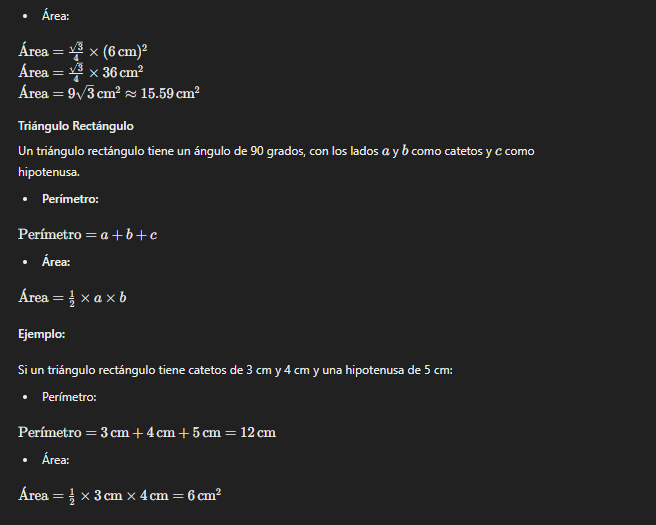

To calculate the pH of a solution from the cell potential (E° cell) of an electrochemical cell, you can use the Nernst equation. Here’s how you can approach the problem:
1. Understand the Nernst Equation:
The Nernst equation relates the cell potential to the concentrations of the reactants and products, temperature, and the number of electrons transferred in the redox reaction.
E=E∘−0.0591nlog[products][reactants]E = E^\circ – \frac{0.0591}{n} \log \frac{[ \text{products} ]}{[ \text{reactants} ]}
Where:
- EE is the cell potential under non-standard conditions.
- E∘E^\circ is the standard cell potential.
- nn is the number of moles of electrons transferred in the reaction.
- [products]/[reactants][ \text{products} ]/[ \text{reactants} ] is the reaction quotient.
2. Set Up the Cell Reaction:
Identify the half-reactions and overall cell reaction. For example, in a cell involving hydrogen (like a hydrogen electrode), the relevant half-reaction is:
2H++2e−→H2(g)2H^+ + 2e^- \rightarrow H_2(g)
3. Relate Cell Potential to pH:
If the cell involves the reduction of hydrogen ions, the reaction quotient can be related to the hydrogen ion concentration:
E=E∘−0.0591nlog[H2][H+]2E = E^\circ – \frac{0.0591}{n} \log \frac{[H_2]}{[H^+]^2}
Simplifying for a hydrogen electrode (where E∘E^\circ is 0 V and [H2][H_2] is constant at 1 atm):
E=−0.05912log[H+]2E = – \frac{0.0591}{2} \log [H^+]^2
Since pH=−log[H+]\text{pH} = -\log[H^+]:
E=−0.0591×pHE = -0.0591 \times \text{pH}
Therefore:
pH=−E0.0591\text{pH} = \frac{-E}{0.0591}
4. Calculate the pH:
Plug in the value of the cell potential (E) measured under the specific conditions:
pH=−E0.0591\text{pH} = \frac{-E}{0.0591}
For example, if you measure a cell potential of 0.177 V (for a standard hydrogen electrode setup):
pH=−0.1770.0591≈3.0\text{pH} = \frac{-0.177}{0.0591} \approx 3.0
This means the solution has a pH of approximately 3.0.
Summary:
- Determine the standard cell potential (E∘E^\circ) and the measured cell potential (E).
- Use the Nernst equation to relate the cell potential to the hydrogen ion concentration.
- Calculate the pH from the relation pH=−E0.0591\text{pH} = \frac{-E}{0.0591}.
This method applies primarily to electrochemical cells involving hydrogen ions, like a hydrogen electrode. For other systems, the exact relationship between cell potential and pH may differ depending on the half-reactions involved.
Share the Fun!